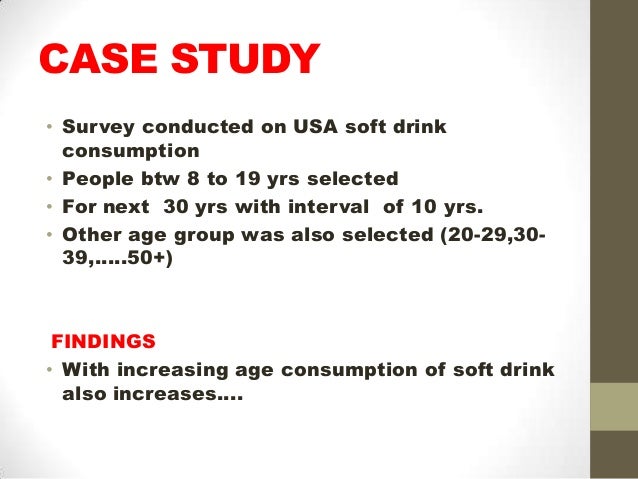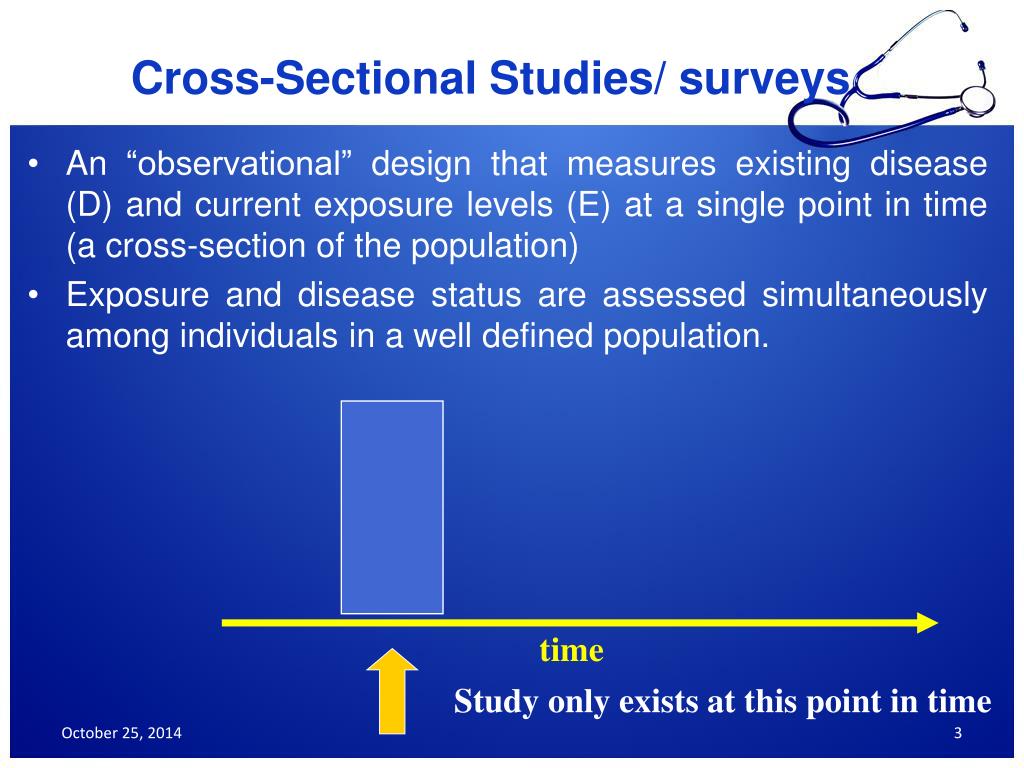What is a Cross-Sectional Study? Definition and Examples
Table Of Content

Cross-sectional studies do not provide information from before or after the report was recorded and only offer a single snapshot of a point in time. Data on a number of aspects of the Australian population is gathered through completion of a survey within every Australian household on the same night. Cross-sectional studies equip scholars and policymakers with actionable data that can be acquired quickly, facilitating informed decision-making and the development of products or services. They are valuable for understanding the current status of a condition or behavior within a population, making them great for initial assessments. Whether you’re building a marketing strategy or performing a cutting-edge medical study, you can get started by creating an intuitive survey from QuestionPro.
Examples of Cross-Sectional Studies
Association of Traditional dietary pattern with early and precocious puberty: a population-based cross-sectional study ... - Nature.com
Association of Traditional dietary pattern with early and precocious puberty: a population-based cross-sectional study ....
Posted: Sat, 02 Mar 2024 08:00:00 GMT [source]
Bangladesh is one of the first signatory countries of the WHO Framework Convention on Tobacco Control (FCTC), which was ratified on 10 May 2004. The country passed the ‘Smoking and Tobacco Products Usage (Control) Act 2005’ on 15 March 2005 following the spirit of the WHO FCTC22 and amended it in 2013. Although the Act has imposed smoking restrictions in many public places and on public transportation, it has no provision to outlaw smoking in and around residential settings. The country also has the ‘National Housing Policy 2016’ to ensure accessible, sustainable, and quality housing for all of its citizens.23 Unfortunately, smoking in housing facilities has not been restricted by the policy as well. 1) The general characteristics of the participants, simulation design, flow, and simulation educational satisfaction were calculated as frequencies and percentages and means and standard deviations. A sample size of 136 was required after calculating the number of participants in the study using the G-power 3.1 program with an effect size of 0.15, a power of 0.90, and a significance level of 0.05 for regression analysis with eight expected independent variables.
What are some suitable cross-sectional study examples?
Therefore, we allocated about one-third of the sample to Dhaka City and distributed the remaining two-thirds among the six cities equally. In the first stage, we randomly selected 10 municipality wards from each of the seven cities. Importantly, there are two city corporations under Dhaka City, and therefore we selected five municipality wards from each of the two city corporations. For each city, we prepared a separate list of only those MUH complexes that had a housing management committee.
Correlation among simulation educational satisfaction, simulation design, and flow
Depression and anxiety are the most common mental health illnesses worldwide [1]. Depression is a mood disorder that affects an individual’s thoughts and feelings and leads to persistent feelings of sadness and disinterest [2]. Anxiety is a group of mental disorders characterized by nervousness, apprehension, and fear [3]. Depression and anxiety disorders are major contributors to the mental health burden of adults [4].

These responses indicate the frequency of individuals' feelings during the preceding two weeks, ranging from 0 to 3. The cumulative score spans from 0 to 27, with a higher value denoting a greater intensity of depression symptoms. A PHQ09 score of 10 or more was used to determine the presence of serious depression.
The design provides a ‘snapshot” of the sample, and investigators can describe their study sample and review associations between the collected variables (independent and dependent). The observational nature makes it relatively quick to complete a study and provides data to support future studies that might lead to methods to treat or prevent diseases or conditions. The similarity in the ranking of simulation design sub-factor scores in this study and previous studies suggests that efforts are needed to strengthen the simulation design capabilities of Korean nurse educators. To increase fidelity, simulation technology support should be provided at the school level.
While cross-sectional studies collect data from many subjects at a single point in time, longitudinal studies collect data repeatedly from the same subjects over time, often focusing on a smaller group of individuals connected by a common trait. In the present study, most of the residents (44.9%) preferred a smoke-free building policy for MUH. Although restricting smoking within buildings may help smokers quit smoking, it does not guarantee that they can stop smoking overnight. However, no existing study has focused on the relationship between BMI and mental health among nurses during COVID-19 pandemic. Therefore, we performed a cross-sectional study on a large population of nurses in China.
What evidence level is a cross sectional study?
After the entry into the study, the participants are measured for outcome and exposure at the same time [Figure 1]. It is also possible that the investigator will recruit the study participants and examine the outcomes in this population. The investigator may also estimate the prevalence of the outcome in those surveyed.
In many cases, the differences among individuals could be attributed to variation among the study subjects. In this way, cause-and-effect relationships are more difficult to determine in a cross-sectional study than they are in a longitudinal study. Although researchers can't use cross-sectional studies to determine causal relationships, these studies can provide useful springboards to further research. For example, when looking at a public health issue, such as whether a particular behavior might be linked to a particular illness, researchers might utilize a cross-sectional study to look for clues that can spur further experimental studies. This type of research can be used to describe characteristics that exist in a community, but not to determine cause-and-effect relationships between different variables. This method is often used to make inferences about possible relationships or to gather preliminary data to support further research and experimentation.
They are also more likely to be influenced by what is known as selective attrition, which means that some individuals are more likely to drop out of a study than others. Because a longitudinal study occurs over a span of time, researchers can lose track of subjects. Individuals might lose interest, move to another city, change their minds about participating, etc.
However, determining which variable is the dependent and independent variable or cause and effect is difficult to determine. For example, the association between obesity and hours spent in sedentary behavior among HIV patients (see Table 1). Did the participant become obese due to sedentary behavior, or was the participant inactive due to obesity? According to Cummings et al., 2013, determining which variable to label as dependent or independent “depends on the cause-and-effect hypotheses of the investigator” (p. 85) or the biological plausibility rather than on the study design.
The authors presented a cross-sectional analysis to assess the prevalence of HIV and risk behaviors in male sex workers. The data were collected by interviewer-administered questionnaires (for sociodemographic and behavior data), clinical evaluation for sexually transmitted infections (STIs), and serological evaluation for STIs (including HIV). A cross-sectional study is a type of research design in which you collect data from many different individuals at a single point in time. In continuing with the obesity and sedentary activity level among HIV participants, the example below (see Table 1) describes the methods for calculating and discussing the results for an analytic cross-sectional study.
In cross-sectional studies, researchers select a sample population and gather data to determine the prevalence of a problem. Cross-sectional studies can be done much quicker than longitudinal studies and are a good starting point to establish any associations between variables, while longitudinal studies are more timely but are necessary for studying cause and effect. However, cross-sectional studies differ from longitudinal studies in that cross-sectional studies look at a characteristic of a population at a specific point in time, while longitudinal studies involve studying a population over an extended period. Cross-sectional studies are designed to look at a variable at a particular moment, while longitudinal studies are more beneficial for analyzing relationships over extended periods.
The majority of research designs in psychology are cross-sectional designs as defined above. Typically, however, they are only explicitly referred to as such when contrasted with longitudinal designs. Surveys and questionnaires about certain aspects of people's lives might not always result in accurate reporting.
On the other hand, the χ2 test or Fisher's exact test were utilized for categorical variables. The survey was conducted by contacting professors at one university in each of the Seoul, Daegu, and Jeonbuk regions by phone to ensure that the students had experience with simulation, explaining the purpose and methodology of the study, and asking for their cooperation. The recruitment document and study description were delivered through the fourth-year class representative.
Comments
Post a Comment